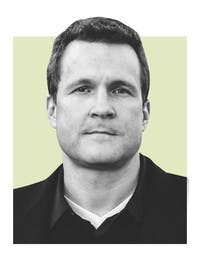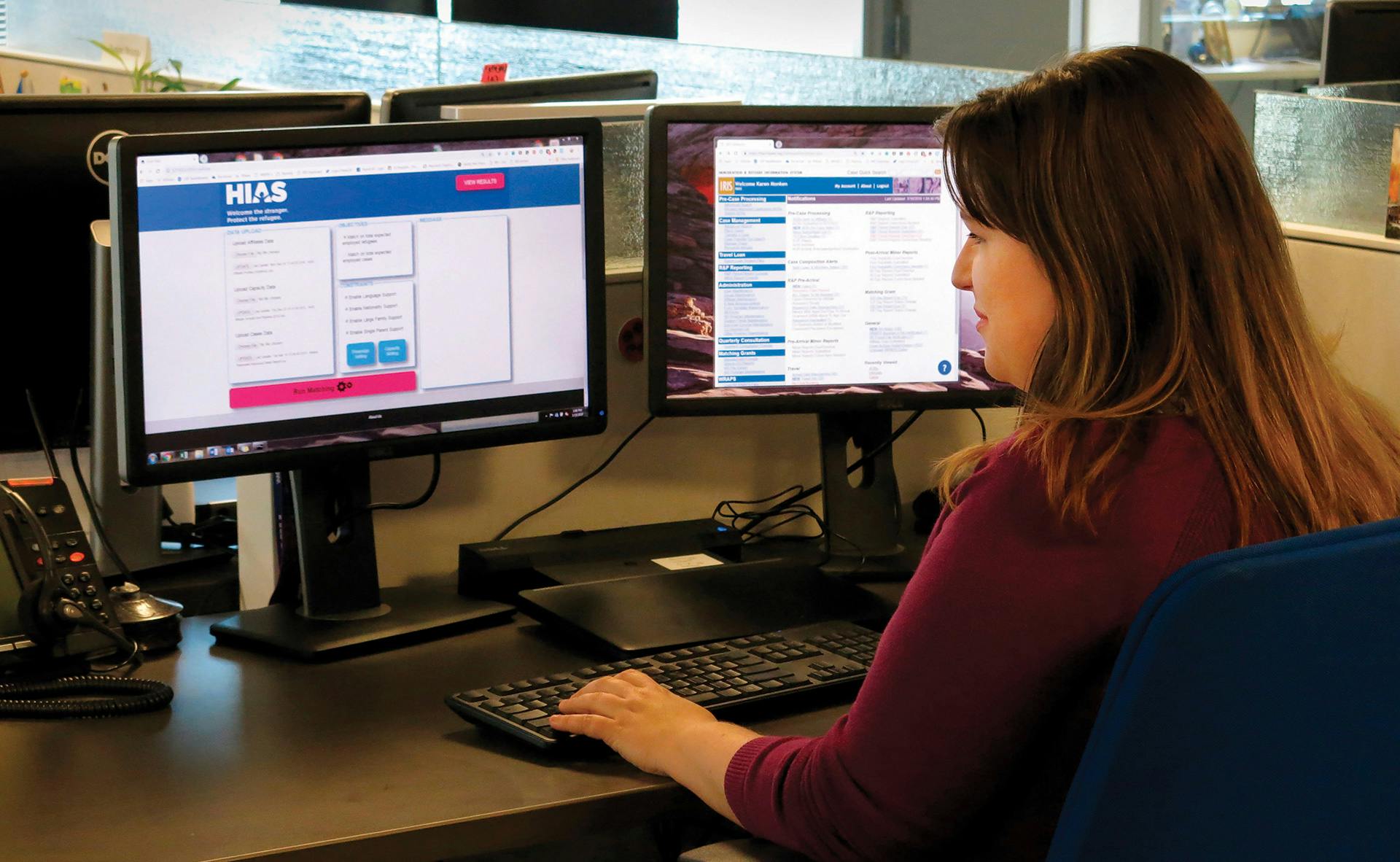Once refugees have overcome the vast and numerous challenges of actually getting accepted into a new host country, their struggles are far from over. In addition to adapting to a potentially new culture, language, territory, climate, and geography, refugees are typically expected to adapt to the economy as well. That is, they need to find work and become economically self-sustaining as soon as possible. A whole constellation of interrelated tasks and obstacles can make this achievement daunting for the refugees, as well as for anyone charged with helping them get resettled.
For the most part, refugee resettlement has mostly been determined by capacity. For example, in the United States, refugees might be placed with a charitable group or humanitarian organization that could support a certain number of people in a certain time frame. Their might be other known factors, like local language resources or employers known to hire refugees, but for the most part resettlement has been determined by space, availability, and the informed guidance of well-intentioned human beings making their best recommendations.
A technological approach may offer a way to to help refine those recommendations. The help comes in part from the former Hebrew Immigrant Aid Society, founded in 1881 and now known simply as HIAS, in part because the group now seek to protect and support all refugees. HIAS has partnered with the University of Oxford in the United Kingdom, Lund University in Sweden, and Worcester Polytechnic Institute in Massachusetts to create software that can examine some of the many factors affecting a resettled refugees' ability to find employment.
The system, Annie MOORE, was named after the first immigrant to officially register at Ellis Island in New York back in 1892. (MOORE stands for "Matching and Outcome Optimization for Refugee Empowerment.") In addition to matching refugees with resettlement options that take into account nationality and language, Annie MOORE also compares five years of historical employment data to determine where refugees are more apt to find jobs.
Annie MOORE is meant to enhance a human's ability to make selections that will provide a better outcome for resettled refugees. "It's important to understand the tool is not making the decisions," says Mike Mitchell, the HIAS associate vice president of U.S. programs. "It's making recommendations to improve—not replace—decisions made by humans."
Mitchell is optimistic about its long-term promise, as the system is refined and improved. "Over time, we can look at data to see how well is it working," he says. "As we are able to add in more constraints and data, we're going to be able to do amazing things, now that we have the tool infrastructure. For example, in cases of very small capacity. Maybe a host family has a cottage house on their property that they'd like to open up to a refugee family. Or a hospital has expertise in dealing in a particular illness a refugee has. We could conceivably input hundreds or even thousands of data points, as well as current, local community data."
In these early stages, the tool is best suited to assisting with relatively routine matching, freeing up staff to focus time on more complex or difficult resettlements. Early results have been promising though, as when Annie MOORE's suggestions were compared to historical human-powered selections from HIAS's files. In those cases, the results suggest the system could have helped up to 20 percent more resettled refugees find employment.
As of early 2019, Annie MOORE had helped HIAS place over 300 refugees in the U.S. Giving them a leg up on the job hunt will make successful resettlement much more likely, and help them rebuild and recover that much more quickly.











